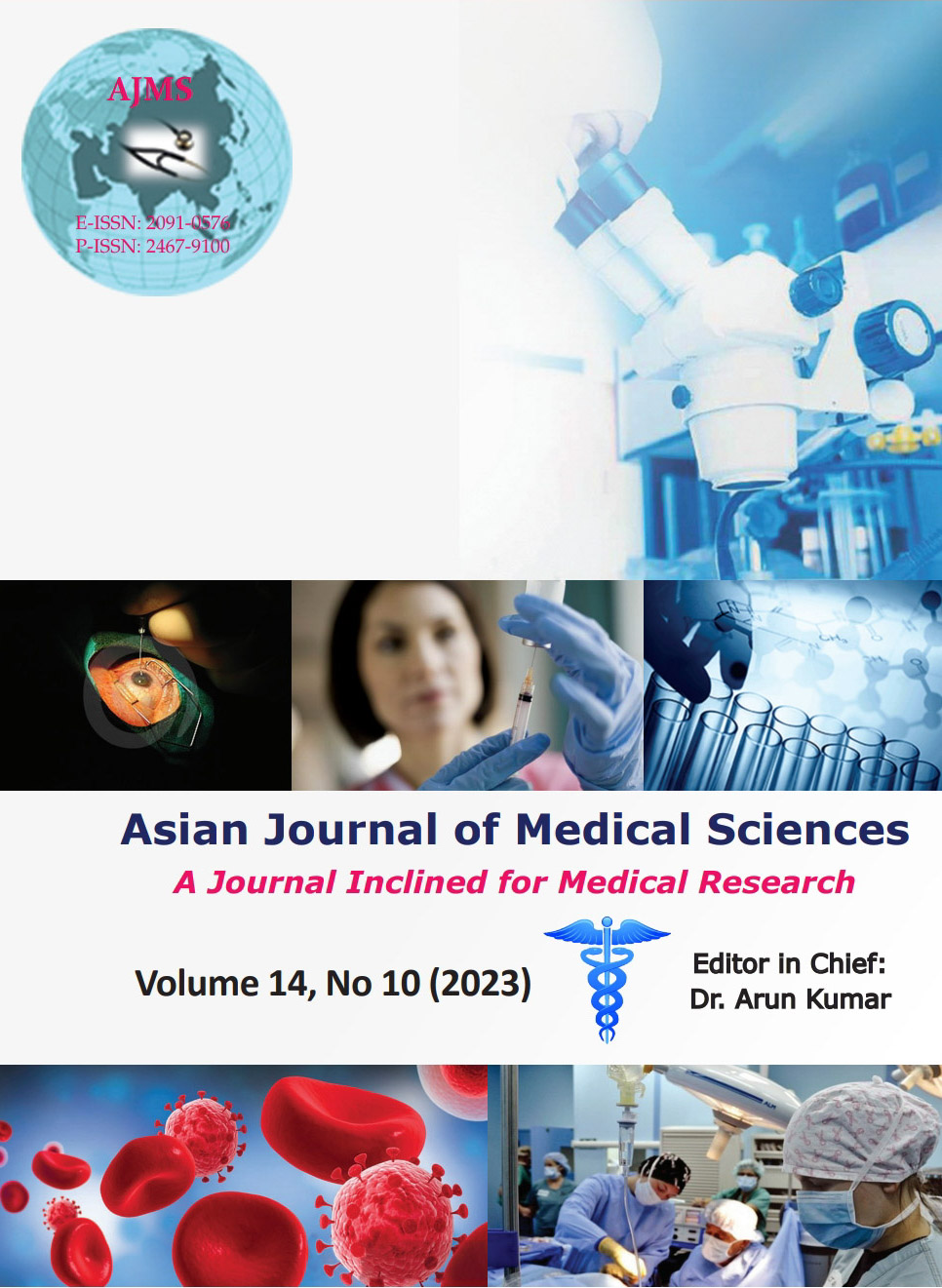A comparative study of levobupivacaine alone and in combination with dexamethasone in caudal block for pediatric patient undergoing infraumbilical surgeries
Keywords:
Levobupivacaine; Dexamethasone; Caudal blockAbstract
Background: The caudal epidural block is one of the most commonly used regional techniques for post-operative pain management in pediatric age group patients undergoing infraumbilical surgeries. Adjuvants use increases the duration of analgesia and decrease local anesthetic dose requirement so decreasing the risk of toxicity.
Aims and Objectives: The aim of present study was to evaluate and compare the efficacy of caudal block with 0.25% levobupivacaine 1 mL/kg and 0.25% levobupivacaine 1 mL/kg+dexamethasone 0.1 mg/kg for post-operative pain relief in pediatric patients undergoing infraumbilical surgeries. The secondary objective of the study was to compare hemodynamic parameters and side effects if any.
Materials and Methods: A prospective, randomized, comparative, and double-blind study design was conducted in 60 patients in JAH super specialty group of hospitals. All patients belonging to physical status of American Society of Anesthesiologists Grade I and II, aged 1–6 years, were randomly allocated into two groups: Group 1 (n=30) received levobupivacaine 0.25% 1 mL/kg in 0.5 mL saline and Group 2 (n=30) received levobupivacaine 0.25% 1 ml/kg with dexamethasone 0.1 mg/kg for caudal block in pediatric patients undergoing infraumbilical surgeries. Primary outcome was duration of analgesia using face, legs, activity, cry, and consolability scale at interval of 0, 15, 30, 60, 90, 120, 150, and 180 min postoperatively. The secondary outcome of study included hemodynamic parameters and adverse events during the post-operative period.
Results: The mean duration of analgesia in Group 1 (L) was 430.77±16.71 min and in Group 2 (L+D) was 805.00±36.71 min with statistically significant result.
Conclusion: On adding dexamethasone to levobupivacaine in caudal block significantly prolongs duration of analgesia in post-operative period. It also provides more hemodynamic stability during intraoperative and post-operative period and associated with minimal side effects.
Downloads
Downloads
Published
How to Cite
Issue
Section
License
Copyright (c) 2023 Asian Journal of Medical Sciences

This work is licensed under a Creative Commons Attribution-NonCommercial 4.0 International License.
Authors who publish with this journal agree to the following terms:
- The journal holds copyright and publishes the work under a Creative Commons CC-BY-NC license that permits use, distribution and reprduction in any medium, provided the original work is properly cited and is not used for commercial purposes. The journal should be recognised as the original publisher of this work.
- Authors are able to enter into separate, additional contractual arrangements for the non-exclusive distribution of the journal's published version of the work (e.g., post it to an institutional repository or publish it in a book), with an acknowledgement of its initial publication in this journal.
- Authors are permitted and encouraged to post their work online (e.g., in institutional repositories or on their website) prior to and during the submission process, as it can lead to productive exchanges, as well as earlier and greater citation of published work (See The Effect of Open Access).




